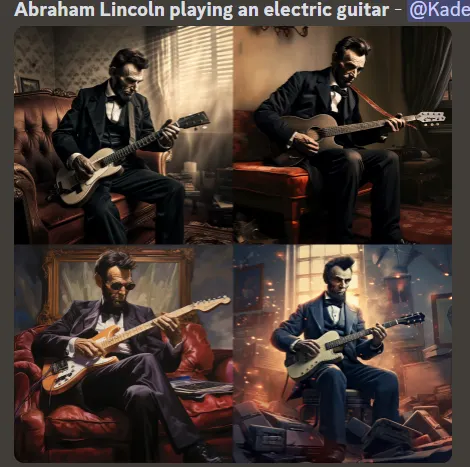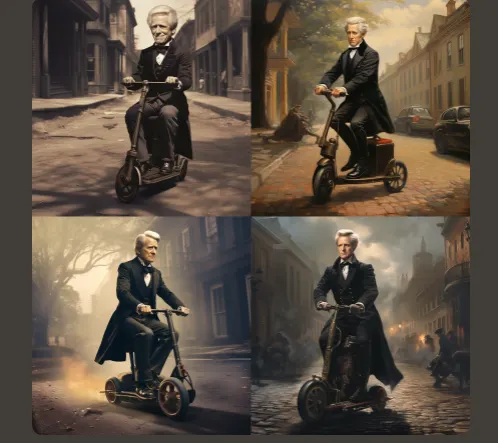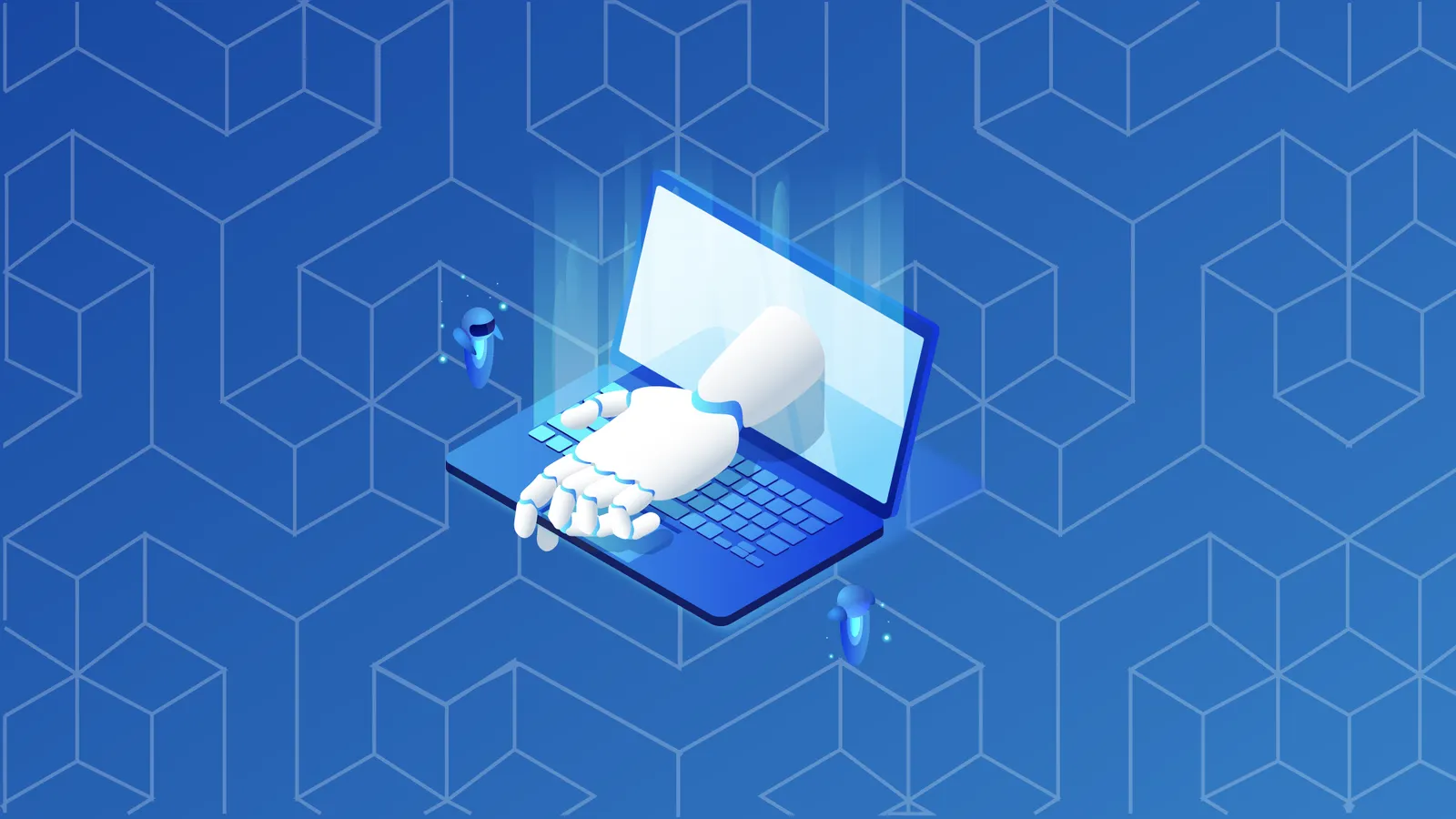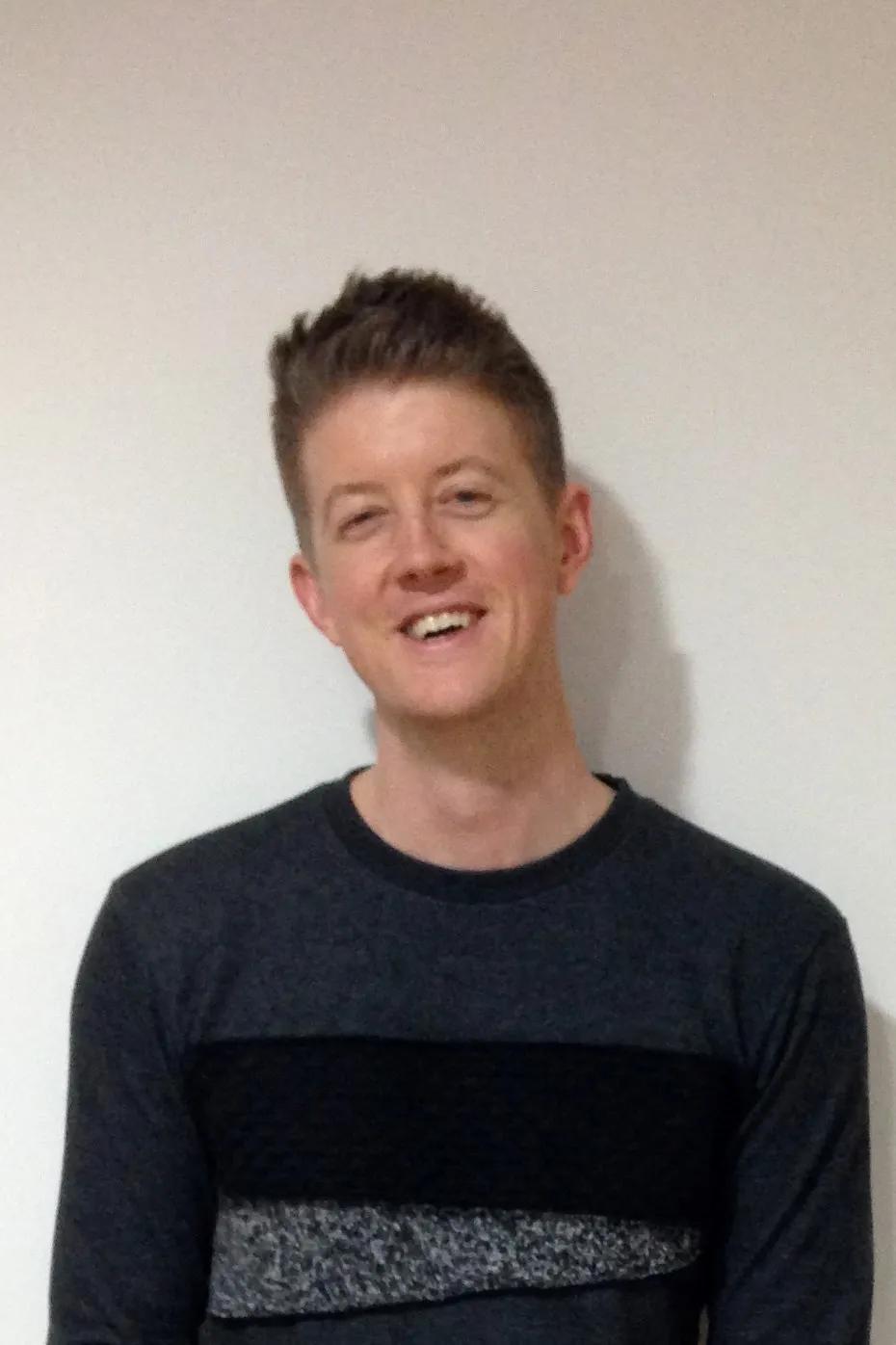Throughout the 2020s, artificial intelligence (AI) has seen a huge explosion in interest, research and development, and user-friendly tools that allow anyone to use AI to generate images, write stories, recognize speech, and a host of other tasks. In particular, 2022 was a groundbreaking year with the release of chatGPT, Stable Diffusion, and Midjourney.
While chatGPT allows you to generate text with text prompts (to write responses — or write articles), Midjourney allows you to create images by putting in text prompts. You can then alter these images or alter specific portions of a previously generated image. Through this iterative process, you can tweak the photos until they more closely represent what you originally wanted.
Like other AI tools, Midjourney has constantly been releasing new versions and features. Midjourney V5.2 was released in June 2023 (with previous versions being 1, 2, 3, 4, 5, and 5.1). Notable additional features that were added in 2022 include inpainting (being able to alter a portion of an image) and the ability to upload an image to be used as a starting point for creating new images.
Concerns With Midjourney and AI Image Generators
While AI tools like Midjourney are reimagining what is possible, the advancement of AI is not without controversy. One point of contention is with how Midjourney and similar alternatives use the human-generated art they are trained on to generate their AI-derived images. If the images are only slightly altered, should the original artist be compensated? What if the AI recreates work in a particular artist’s style? These are complicated questions that will hopefully get worked out over time as society adapts to an era where powerful AI tools are increasingly commonplace.
Other concerns relate to how well (or poorly) these AI tools can produce what they are asked to. For example, there are issues with how AI generates certain features that can be positioned in a number of ways, such as human hands. However, these issues are rapidly getting ameliorated as newer versions fix issues with past versions.
On the flip side, as these paradigm-breaking tools continue to advance, the realistic images that can be generated can lead to the opposite problem: images that look so realistic they could be used to trick the viewer. Called deep fakes, these images show famous people doing things that never happened, such as: wearing different clothes, being in locations they never were, or doing things they never did.


Using two simple prompts, I created the above images in a couple minutes. Showing former U.S. Presidents Lincoln (playing the electric guitar) and Jackson (riding a scooter), respectively. Even if I weren’t transparent about this, these image(s) likely wouldn’t fool very many. However, there are already deep fakes of celebrities and politicians that are going viral and spreading confusion.
In addition to fake images of people, deep fakes can be used to create fake headlines, images of natural disasters that didn’t happen, and a host of other issues only limited by one’s imagination. While deep fakes are continuing to become more realistic, it is also likely that tools that can detect AI images will also proliferate.
Midjourney and AI Tools Reimagine What is Possible
Most tools and technology (internet, blockchain, encryption, lasers) can be used for purposes that can be widely seen as either good or bad. AI is another technology that fits in this category. While opinion is divided, many see AI advancement as a net good for society — while others still have some justified concerns.
It’s worth noting that AI tools have been around for some time, with voice assistants (Siri, Alexa), computer programs that master games (chess, go, poker), and a host of earlier AI programs and breakthroughs. These also were of concern to many when they were first released; now, they seem like they were always part of our digital lives.
In the next article in this series, we’re going to run through the process of getting started with Midjourney.
Cheat Sheet
- AI development has exploded in the 2020s. Popular releases offer the ability to create articles and images with text prompts.
- Midjourney is one option for creating images with text prompts.
- Early versions of Midjourney and other image-generating software had issues creating specific images and shapes. These issues are continually getting fixed with new releases and updates.
- Deep fakes are images that are fake but intended to look real. This has the potential to create problems surrounding the ability to trust online images.
- Another issue is how/if AI image generators should credit the artist when their images are largely derived from them.


